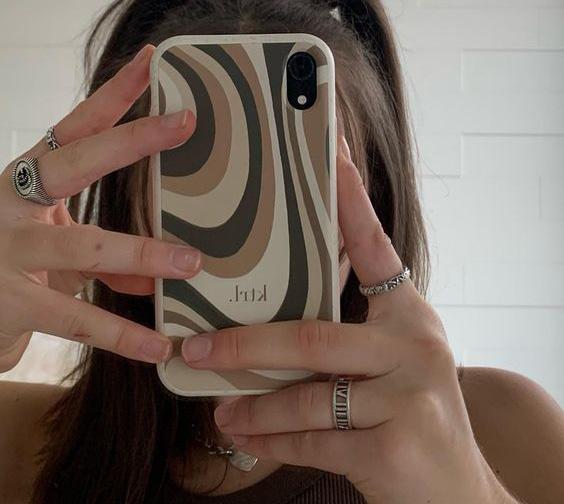
5 minute read
Target Audince
For my ‘What makes a Princess’ editorial the target audience will be an age range that has the most impact it can and therefore the use of nostalgia is important in creating a connection between the images and the audience. Although Disney was established in 1923 the hype and popularity began later on (Miller, 2019). As I want to link the idea of what it means to be a princess not just in terms of Disney but in terms of The British Royal Family, I think it is important that the target audience has lived through Disney becoming more modern as well as the modern British Royal Family. It is also important that the target audience of my editorial is keyed in with the modern issues such as gender roles and mental health. This will allow the message of ‘What does it mean to be a Princess’ to be translated in the way in which I want it to be portrayed in a modern light.
Therefore, for this editorial the target audience should be a female aged between 18 and 35 as this allows the target audience to understand and support modern issues within society and therefore understand the key points of this editorial being ‘What makes a Princess’. This means that I would be aiming this editorial at Generation X and Millennials. Even though both these generations have emerged and are now more focused on online than print, the purchases of fashion magazines such as Vogue are more of a decorative feature and imagery focus than what these magazines were been used by previous generations. I would imagine Vogue magazines to be read for fashion news and rolled up in a pocket whereas now fashion trends and news can be found more easily on the internet therefore the younger generations are using this magazine not to gain information but for a spectacle of photography.
Advertisement
In terms of market segmentation, the demographic would be female aged 18 to 35 who is either single, in a relationship or newly married. They are either a student or in a lower position job role but working their way up. In terms of social economic grading system, the target audience would be between C1 and E. For geographic segmentation the target audience would live in the city with a high population and goes to cocktail bars, shopping and go to protests about modern issues (psychographic segmentation). And finally for the behavioural segmentation, the target audience for a fashion magazine and therefore my editorial would be that they would purchase the magazine either monthly as a collectable or as a on off when the cover interests the reader (Acorn,2021).
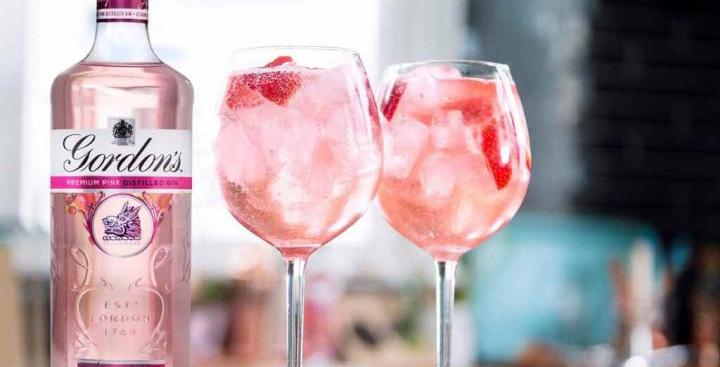
Figure 18: Target Audince Moodboard
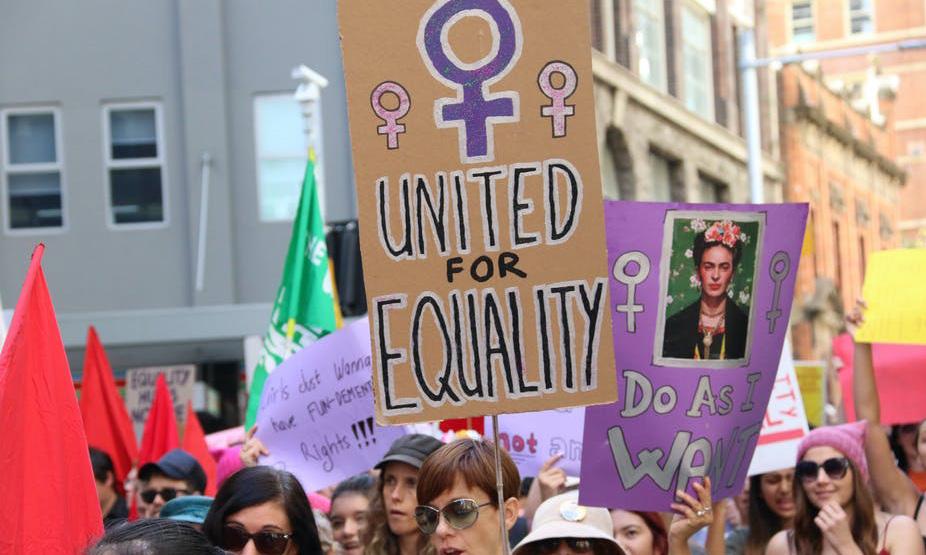
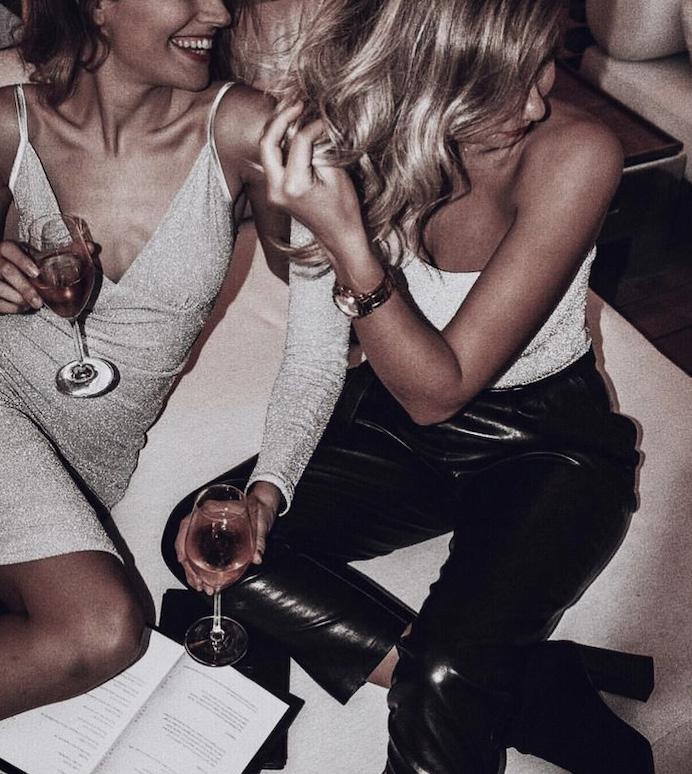
This editorial will be shown in Vogue. This fashion publication will fit this editorial the best as Vogue focusses on uniqueness and powerful imagery which reflects my intensions of this editorial (magazine lin, 2021). When choosing a puplication for my editorial to be presented in it was important that the magazine had covered mature topics previously and therefore the audince wouldn’t just see this ‘What makes a Princess’ editorial as a direct link to Disney Princesses but would understand the hidden messages. Therefore due to the Vogue’s mature and modern issues raised within their magazines such as the Harry Styles editorial, Vogue was the most fitting puplication to use (Vogue,2021). The target market for this editorial in the Vogue publication is the millennials and the Gen Z as not only does it create nostalgia and creates a connection with the audience but the monthly reach of Vogue magazine in Great Britain from April 2019 to March 2020, by demographic group shows that women between the aged between 15 and 35 are highly engaged with the magazine (Watson, 2021). Due to the content of the editorial the millennials and the Gen Z will be the best fit to understand the deeper meaning and create more interaction.
I have chosen to continue with the idea of the editorial as I believe the concept and narrative links into modern society. With Meghan and Harry’s interview being released recently this links with the idea of ‘What makes a Princess’ which could create a larger engagement for the editorial. Before creating my photography, I am going to plan out my location, costume and models through a mood board before experimenting with locations. Although the idea for this editorial is based on Disney Fiction, the idea of ‘What makes a Princess’ is based on the British Royal Family and what it is like be a part of the famous and reputable family respected by people worldwide. The struggles that Princess Diana faced with led her to an early death and the recent media trolling that Meghan also faced has changed the way that people perceive the British Royal Family (Nicholl, 2020). Disney Princesses are portrayed as perfect women and living a clearly fictional life. However, the British Royal Family is very much a non-fiction real life family that are portrayed as perfection. Therefore, the editorial that I will create will be based on four Disney Princesses but stripping back the fantasy and portraying them as normal people in an editorial vogue style shoot. The importance of this editorial is to show how even when you strip away the fantasy of Disney their lives can still look pretty perfect but are very different behind closed doors just like Diana and Meghan discussed in their interviews (BBC, 1995) .
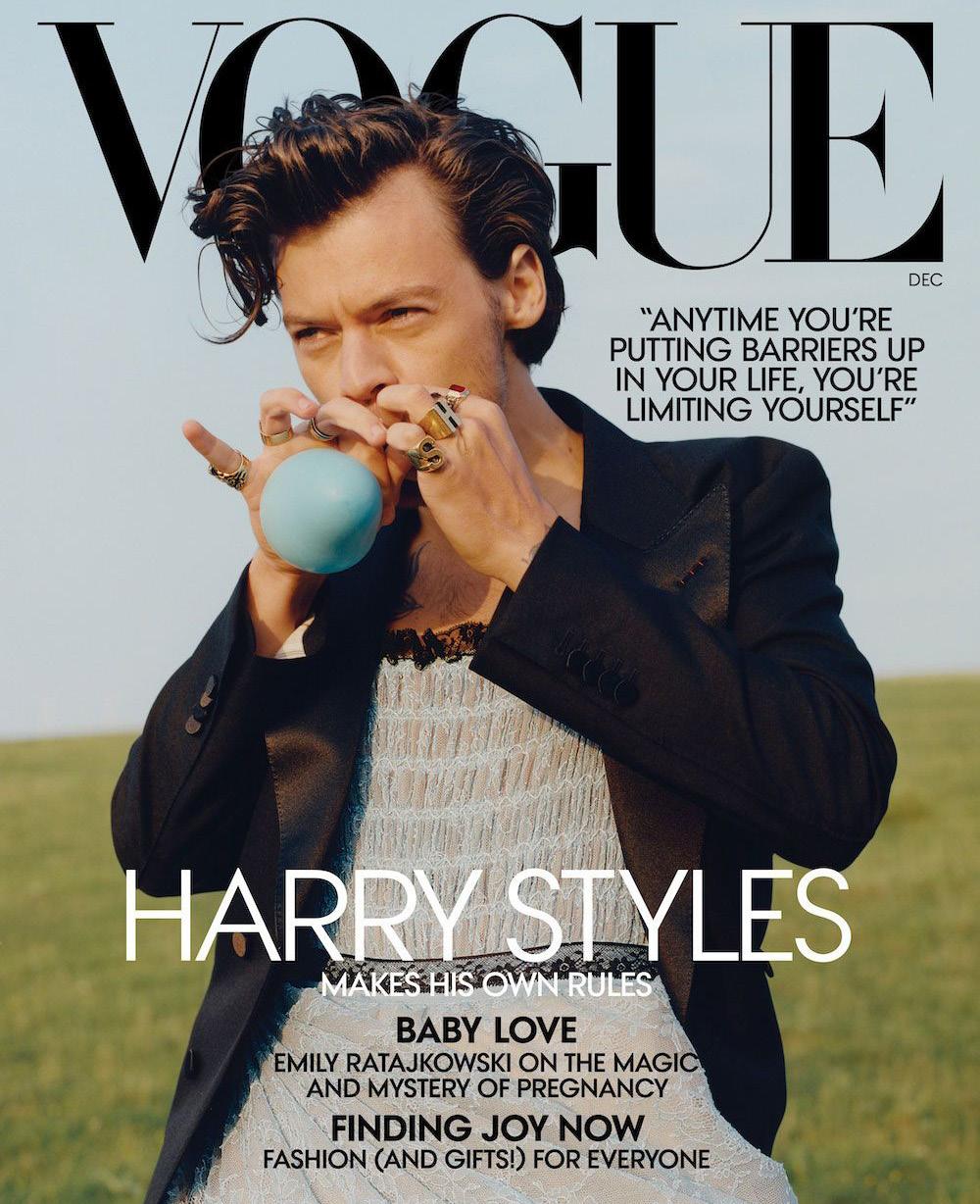
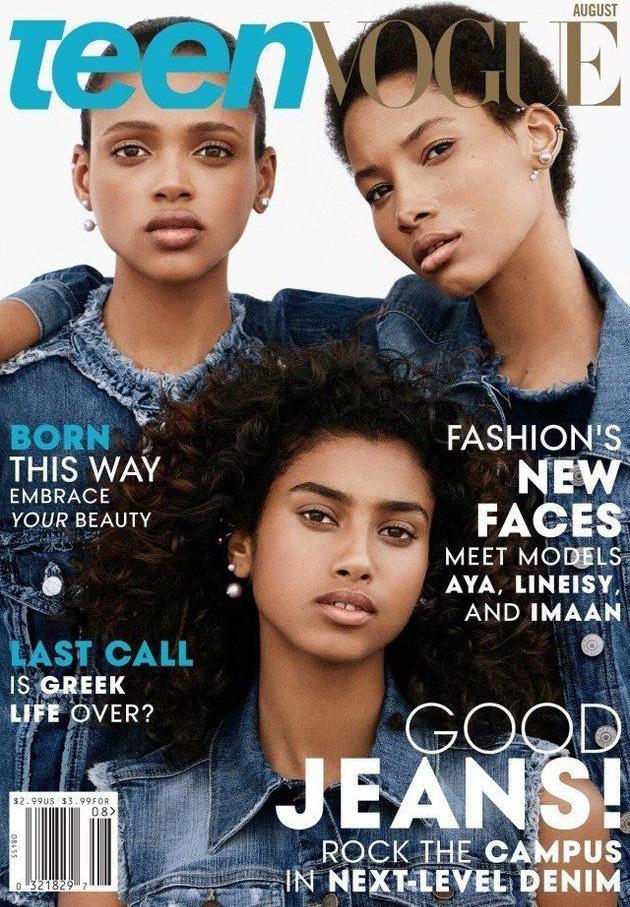

Vogue v Teen Vogue
The style of photoshoot editorial I will create is more creative an abstract to usual fashion shoots therefore it will reflect the style of editorials in Vogue. I have then looked in the difference between Vogue and Teen Vogue. The obvious difference is the target age group with teen Vogue being aimed at a younger audience than Vogue. I also noticed throughout my research Teen Vogue use imagery that is more direct fashion trends and stereo-typical fashion photography imagery whereas Vogue use their platform to portray a more ab-stract and mature look aswell as mature topics. Therefore, the idea of ‘What makes a Princess’ with the base of the research being the recent interview with Oprah Winfrey, Meghan and Harry I believe that my editorial with fit the best within Vogue.








